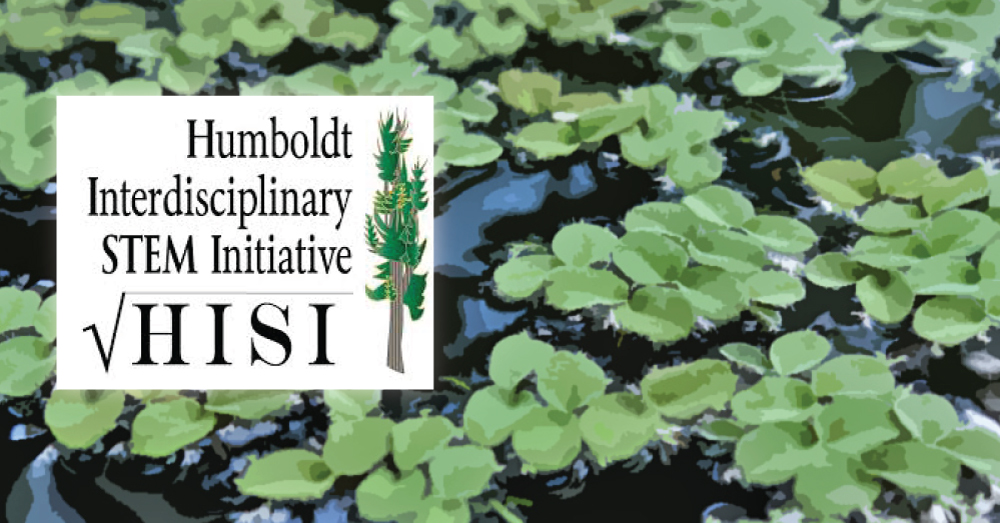Overview: Humans have a significant impact on the environment. This impact can be seen in the types of products we use on a daily basis. In this lesson students will use the scientific method to observe the impact of common pollutants on duckweed. They will graph and analyze the data collected using a spreadsheet.
Student Goals: Students will be comfortable developing a hypothesis (whether it is right or wrong) and evaluating their discovery. Students should work cooperatively with others and take initiative as learners. Students will carry out investigations and find solutions or attempt to find solutions to the unique issues on their own.
- Learning Targets – “I Can” Statements
- I can make a graph from a set of data and interpret it.
- I can see how humans and variables impact the environment.
- I can find a solution or attempt to search for a solution on my own.
- I can understand the scientific method.
- I can understand dependent and independent variable.
- I can understand the relationship between math and science.
- I can understand the human effect on the growth of duckweed and other vegetation, and how this would relate to the rest of the environment.
- NGSS Standard: MS-ESS3-3 Earth and Human Activity
Apply scientific principles to design a method for monitoring and minimizing a human impact on the environment. - CCSS: CCSS.MATH.CONTENT.6.SP.B.5.B
Describing the nature of the attribute under investigation, including how it was measured and its units of measurement.
Materials: Duckweed, toothpicks, 2 containers per team, droppers, sharpie and tape for labeling cups. You may have students brainstorm pollutants. Some ideas are: car oil, cigarette butt, battery, antifreeze, household cleaner, manure, etc…
Lessons (Teacher Instructions):
- Give students the Environmental Impact Pre-Post Test. Use the data from the pre-test to determine any additional instruction, practice, or scaffolding necessary for the lab.
- Collect all the needed materials for the lab.
- Give students the Duckweed Initial Procedures and Duckweek Method outline.
- Have the students set up the lab and begin data collection.
- Students will collect data and feed their samples once a week for six weeks.
Notes: If using google classroom upload the spreadsheet making sure each student gets a copy.- Students can use the spreadsheet for data collection and graphing.
- After collecting all the data, have students create a Double Line Graph. Lead a discussion on the results of the data.
Extension: As an extension activity you may have students create large posters with their graphs and analysis. The lesson could be concluded with a gallery walk and reflection. Students could also write an imaginative narrative about how their pollutant ended up in the environment. - Give the Environmental Post-Test.

